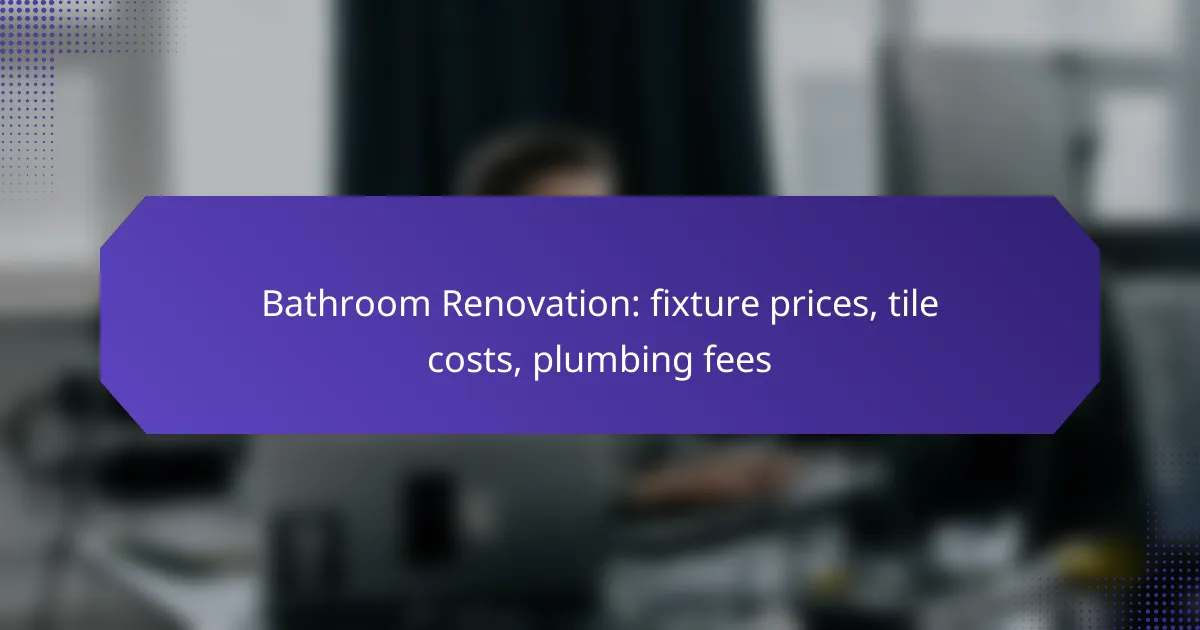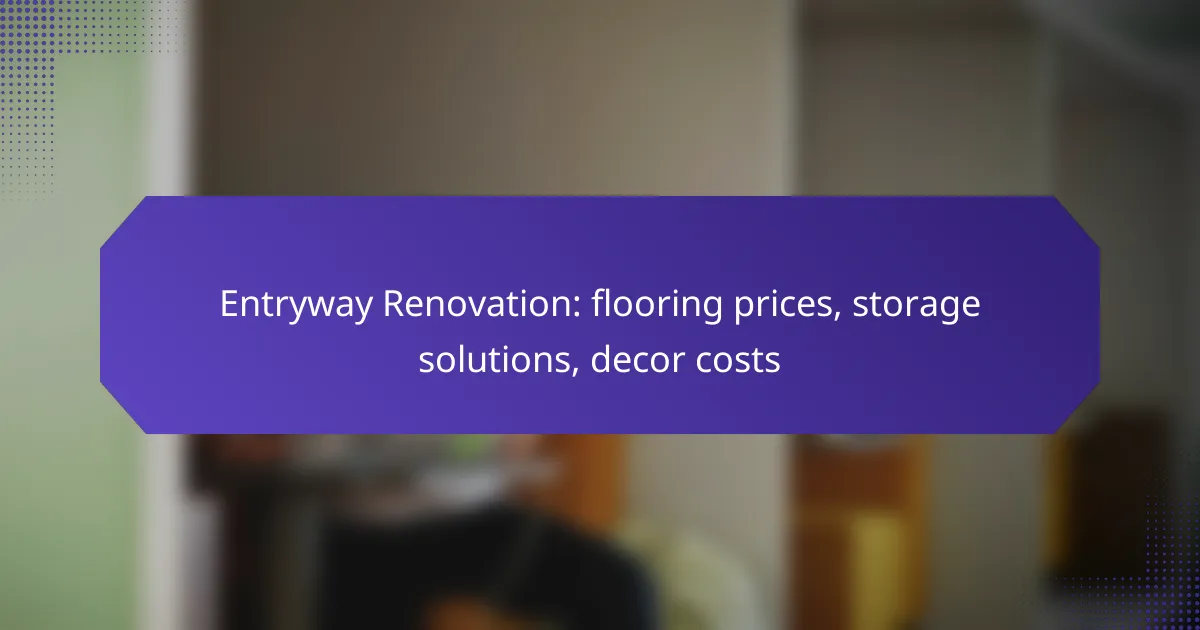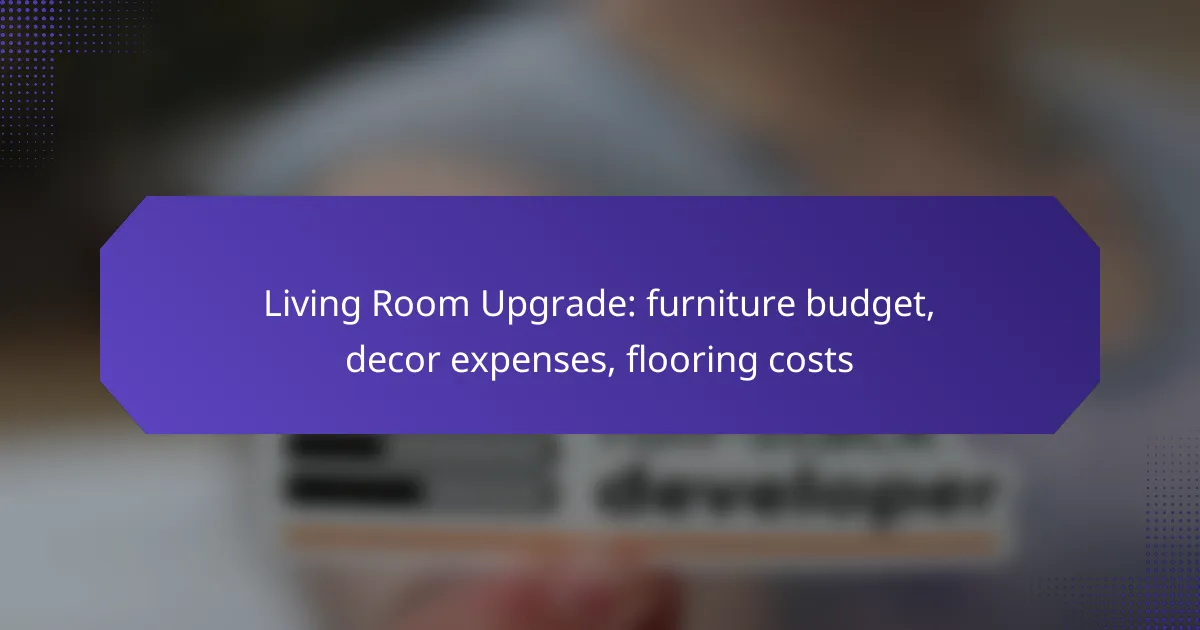Renovating a bathroom involves several key expenses, including fixtures, tiles, and plumbing fees. Fixture prices can range from a few hundred to several thousand dollars, influenced by brand and installation needs. Tile costs vary widely, with options available from a few dollars to over fifty dollars per square foot, depending on the material and design. Additionally, plumbing fees will depend on the complexity of the work and the plumber’s expertise, making it essential to budget accordingly for a successful renovation.

What are the average costs for bathroom fixtures in Los Angeles?
The average costs for bathroom fixtures in Los Angeles can vary significantly based on quality, brand, and installation requirements. Generally, homeowners can expect to spend anywhere from a few hundred to several thousand dollars on fixtures, depending on their choices and preferences.
Vanity prices
Vanity prices in Los Angeles typically range from around $300 to over $2,500. Basic models may be found at lower prices, while high-end or custom vanities can significantly increase costs. Consider the size and material of the vanity, as these factors greatly influence the price.
When selecting a vanity, think about the storage needs and style that will complement your bathroom. Installation costs may add another $100 to $500, depending on complexity.
Toilet prices
Toilet prices in Los Angeles generally fall between $150 and $1,000. Standard models are usually more affordable, while high-efficiency or smart toilets can command higher prices. It’s essential to consider water-saving features, which can lower utility bills over time.
Installation fees for toilets typically range from $100 to $300. Ensure that the toilet fits your plumbing setup and check for any additional costs related to modifications.
Shower and tub prices
Shower and tub prices can vary widely, with basic models starting around $300 and luxury options exceeding $5,000. Factors such as material, size, and design significantly impact the cost. Acrylic and fiberglass units are often less expensive than cast iron or custom tile showers.
Installation costs for showers and tubs can range from $500 to $2,000, depending on the complexity of the project and any necessary plumbing adjustments. Always factor in the cost of additional features like shower doors or tub surrounds.
Faucet prices
Faucet prices in Los Angeles typically range from $50 to $500. Basic models are more budget-friendly, while designer faucets can be quite costly. Consider the type of faucet that best suits your sink and overall bathroom design.
Installation costs for faucets usually range from $75 to $150. Ensure you choose a faucet that is compatible with your sink and plumbing to avoid additional expenses.
Lighting fixture prices
Lighting fixture prices can vary from $30 to over $500, depending on style and brand. Basic ceiling lights are generally more affordable, while designer fixtures or chandeliers can be significantly more expensive. Consider the brightness and energy efficiency of the lighting options.
Installation costs for lighting fixtures typically range from $100 to $300. It’s important to ensure that the electrical work meets local codes and safety standards, especially if you’re upgrading existing fixtures.

How much do tiles cost for bathroom renovation?
The cost of tiles for bathroom renovation varies significantly based on material, quality, and design. Generally, homeowners can expect to spend anywhere from a few dollars to over fifty dollars per square foot, depending on the type of tile chosen.
Porcelain tile prices
Porcelain tiles typically range from about $3 to $10 per square foot. They are known for their durability and water resistance, making them ideal for bathrooms. Higher-end porcelain tiles, especially those with intricate designs or textures, can cost up to $20 per square foot.
When selecting porcelain tiles, consider the finish and size, as larger tiles may reduce installation costs due to fewer grout lines. However, intricate patterns may require more precise cuts, potentially increasing labor expenses.
Ceramic tile prices
Ceramic tiles generally cost between $1 and $8 per square foot. They are widely available and come in various colors and styles, making them a popular choice for budget-conscious renovations. Premium ceramic tiles can reach prices above $15 per square foot.
Keep in mind that while ceramic tiles are less expensive, they may not offer the same level of durability as porcelain. For high-moisture areas, ensure that the ceramic tiles are rated for wet environments.
Natural stone tile prices
Natural stone tiles, such as marble, granite, or slate, can range from $5 to over $30 per square foot. These tiles provide a unique and luxurious look but often require more maintenance and sealing to prevent staining.
When choosing natural stone, consider the long-term costs associated with maintenance and installation, as some stones may require specialized labor, increasing overall renovation expenses.
Labor costs for tile installation
Labor costs for tile installation typically range from $4 to $10 per square foot, depending on the complexity of the job and the local market. Factors such as tile size, layout, and the need for additional preparation work can influence these rates.
To minimize labor costs, consider purchasing tiles that are easier to install, such as larger formats or simpler designs. Always obtain multiple quotes from contractors to ensure competitive pricing and quality workmanship.

What are the plumbing fees for bathroom renovations?
Plumbing fees for bathroom renovations can vary significantly based on the scope of work, location, and the plumber’s experience. Generally, homeowners should expect to budget for hourly rates, materials, and permits, which together can influence the overall renovation cost.
Hourly rates for plumbers
Hourly rates for plumbers typically range from $50 to $150, depending on their expertise and your geographical area. In urban regions, rates may be on the higher end, while rural areas might offer more affordable options. It’s advisable to get multiple quotes to ensure competitive pricing.
Some plumbers may charge a flat fee for specific tasks, such as installing a new fixture or repairing existing plumbing. Always clarify whether the quote includes labor and materials to avoid unexpected expenses.
Cost of plumbing materials
The cost of plumbing materials can vary widely based on quality and type. Basic materials like pipes and fittings can cost anywhere from $100 to $500, while high-end fixtures may push that cost higher. Consider the long-term benefits of investing in durable materials versus cheaper alternatives.
When planning your renovation, create a detailed list of required materials and research prices at local suppliers or online. This helps in budgeting accurately and identifying any potential savings.
Average cost for plumbing permits
Plumbing permits are often required for bathroom renovations and can range from $50 to $500, depending on local regulations and the complexity of the project. It’s essential to check with your local building department to understand the specific requirements in your area.
Failing to obtain the necessary permits can lead to fines or complications when selling your home. Always factor in permit costs when budgeting for your renovation to ensure compliance with local laws.

What factors influence bathroom renovation costs?
Several key factors significantly affect the overall costs of bathroom renovations, including the size of the bathroom, the quality of materials chosen, and the complexity of the design. Understanding these elements can help homeowners budget effectively and make informed decisions.
Size of the bathroom
The size of the bathroom is a primary determinant of renovation costs. Larger bathrooms typically require more materials and labor, leading to higher expenses. For example, a small bathroom renovation might range from a few thousand USD, while a spacious master bath could easily exceed tens of thousands.
When planning, consider how the size impacts not just materials, but also plumbing and electrical work. More extensive plumbing adjustments can add to labor costs, especially in larger spaces.
Quality of materials
The quality of materials selected for fixtures, tiles, and finishes can greatly influence renovation costs. High-end materials, such as natural stone tiles or luxury fixtures, can significantly increase the budget. In contrast, more affordable options like ceramic tiles or standard faucets can keep costs lower.
It’s essential to balance quality with budget. Investing in durable materials can save money in the long run by reducing maintenance and replacement needs. Consider setting aside a portion of the budget for quality essentials while opting for more economical choices in less visible areas.
Complexity of the design
The complexity of the design plays a crucial role in determining renovation costs. Intricate layouts that require custom cabinetry, unique tile patterns, or advanced plumbing configurations can drive up expenses. Simple, straightforward designs are generally more cost-effective.
When planning your design, think about the trade-offs between aesthetics and budget. A well-thought-out design can maximize space and functionality without excessive costs. Avoid common pitfalls like overcomplicating the layout, which can lead to unexpected expenses and delays.

What are the best practices for selecting bathroom fixtures?
Selecting bathroom fixtures involves considering functionality, style, and efficiency. Prioritize fixtures that enhance your bathroom’s usability while matching your design aesthetic and adhering to budget constraints.
Choosing energy-efficient fixtures
Energy-efficient fixtures, such as low-flow toilets and LED lighting, can significantly reduce water and electricity bills. Look for products with the WaterSense label for toilets and faucets, which indicates they meet specific efficiency standards.
When selecting lighting, consider fixtures that use LED bulbs, which consume less energy and have a longer lifespan compared to traditional incandescent bulbs. This not only saves money but also reduces environmental impact.
Matching styles with existing decor
Ensure that the fixtures you choose complement the overall style of your bathroom. For example, if your decor is modern, opt for sleek, minimalist fixtures, while vintage styles may benefit from ornate designs.
Consider the color palette and materials already present in your bathroom. Mixing metals, such as chrome with brushed nickel, can create a cohesive look, but be cautious not to overdo it to avoid visual clutter.
Considering warranty and service
When purchasing bathroom fixtures, check the warranty and service options provided by the manufacturer. A good warranty can protect your investment, covering defects and ensuring longevity.
Research the availability of replacement parts and customer service reputation. Brands that offer reliable support can save you time and money in the long run, especially for plumbing fixtures that may require maintenance or repairs.

What are the emerging trends in bathroom renovations?
Emerging trends in bathroom renovations focus on sustainability, smart technology, and minimalistic designs. Homeowners are increasingly opting for eco-friendly materials, advanced fixtures, and streamlined aesthetics that enhance both functionality and style.
Eco-friendly materials
Using eco-friendly materials in bathroom renovations not only reduces environmental impact but can also improve indoor air quality. Popular choices include bamboo, recycled glass tiles, and low-VOC paints. These materials often come with a higher upfront cost but can lead to savings in energy and water bills over time.
Smart technology integration
Smart technology is becoming a staple in modern bathrooms, with features like smart showers, automated lighting, and heated floors. These innovations enhance convenience and can be controlled via smartphones or voice commands. While the initial investment may be significant, the added comfort and efficiency can justify the expense.
Minimalistic designs
Minimalistic designs emphasize clean lines and uncluttered spaces, creating a serene environment. This trend often incorporates floating vanities, frameless glass showers, and neutral color palettes. Homeowners should consider storage solutions that maintain the aesthetic while providing functionality, such as built-in shelves and cabinets.










